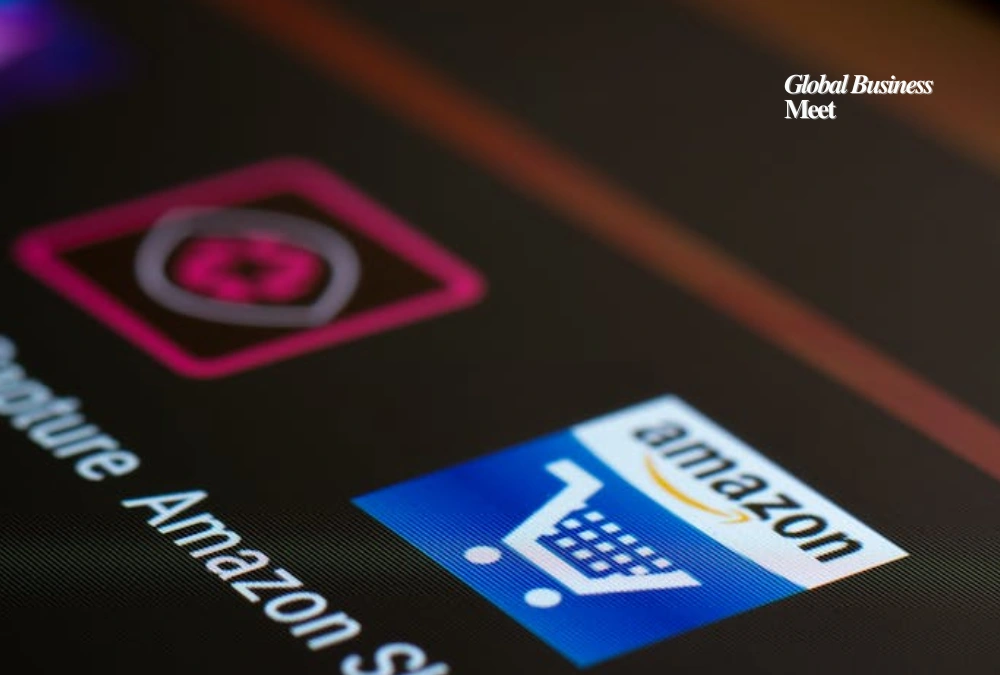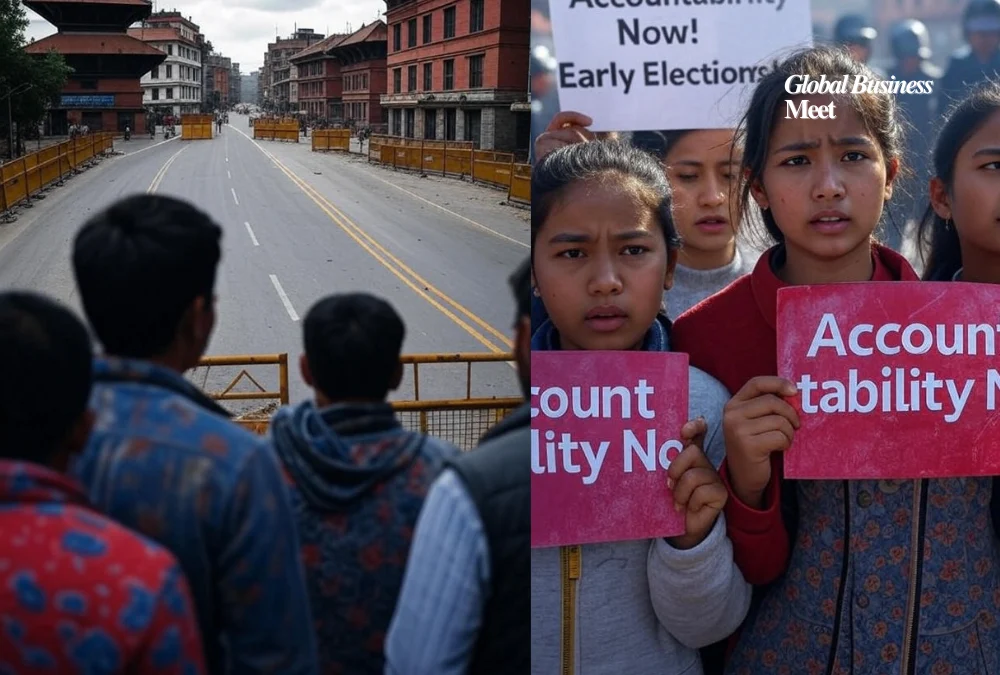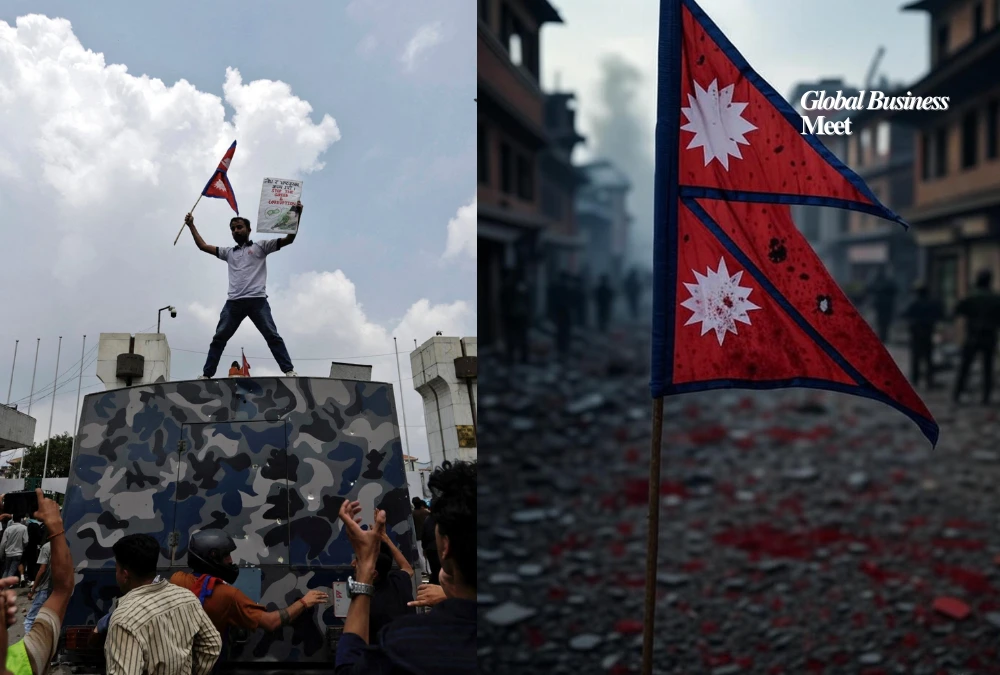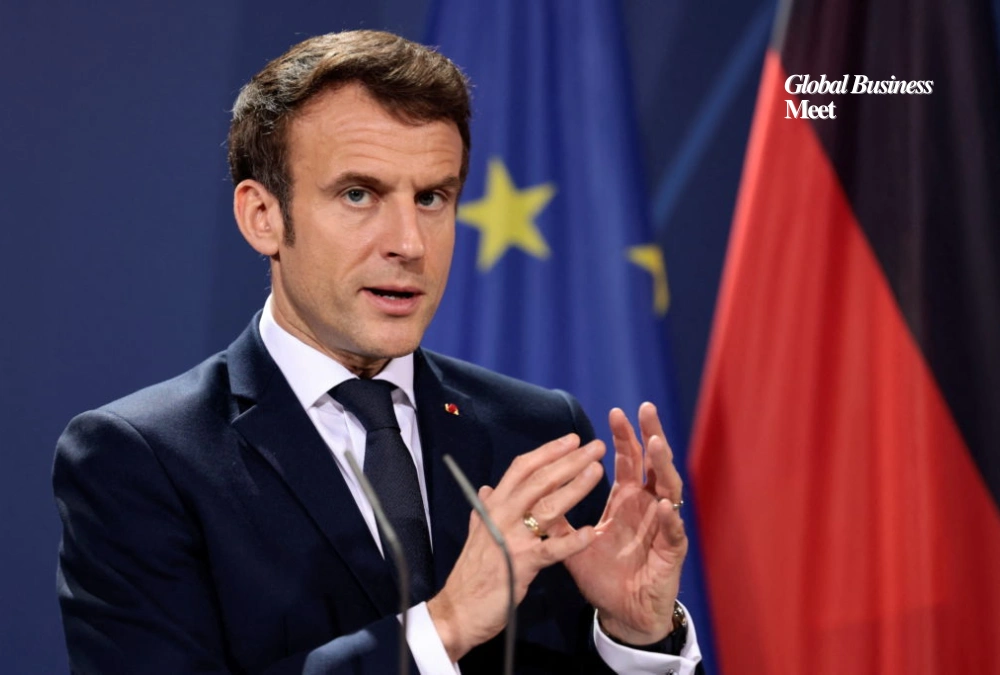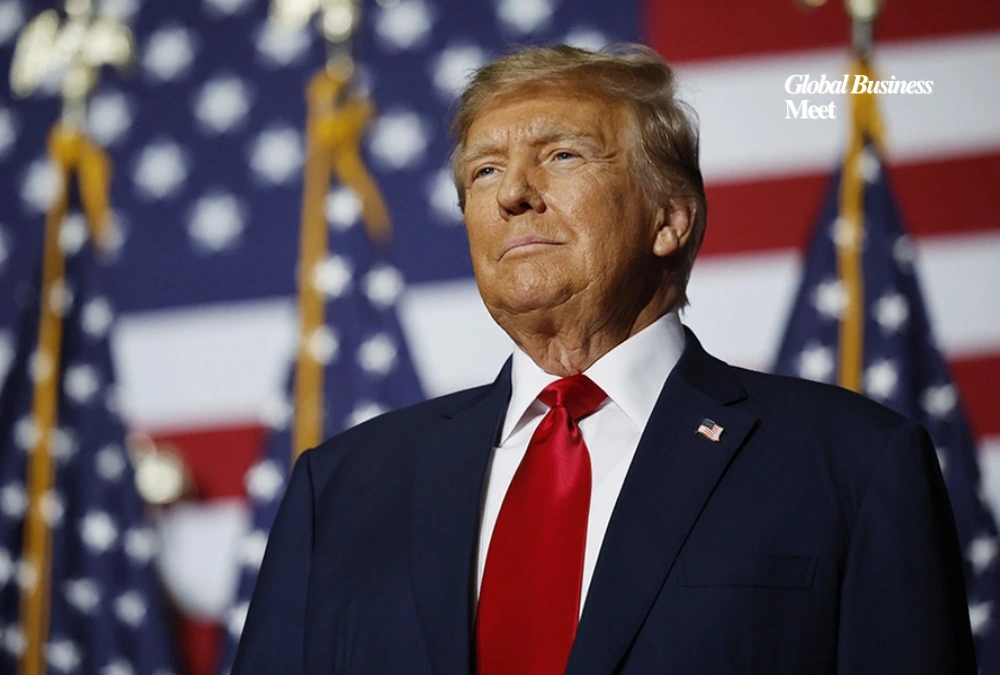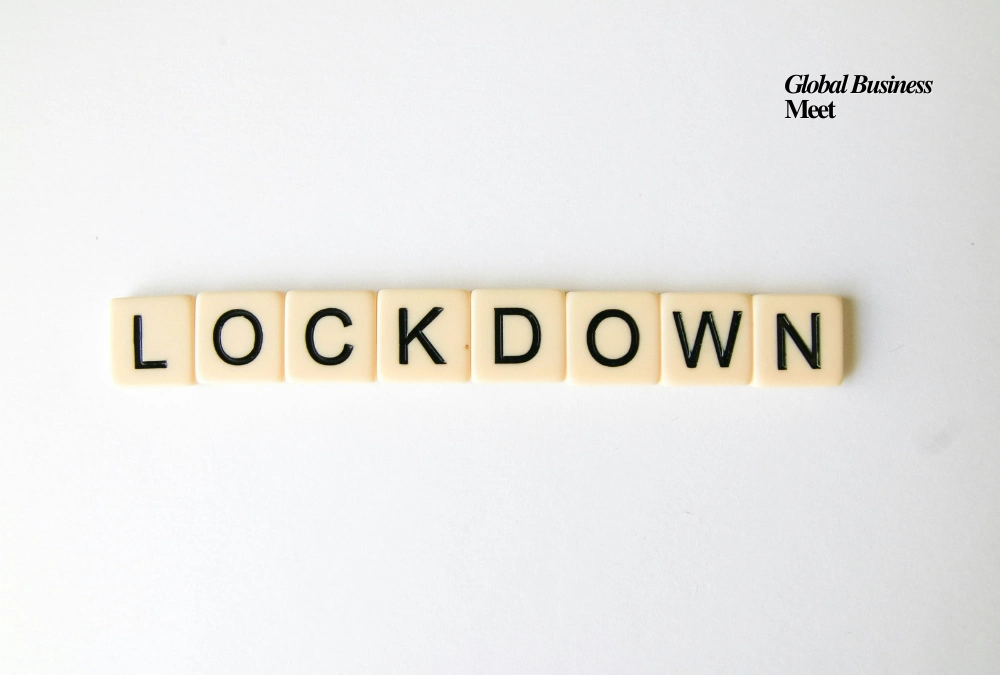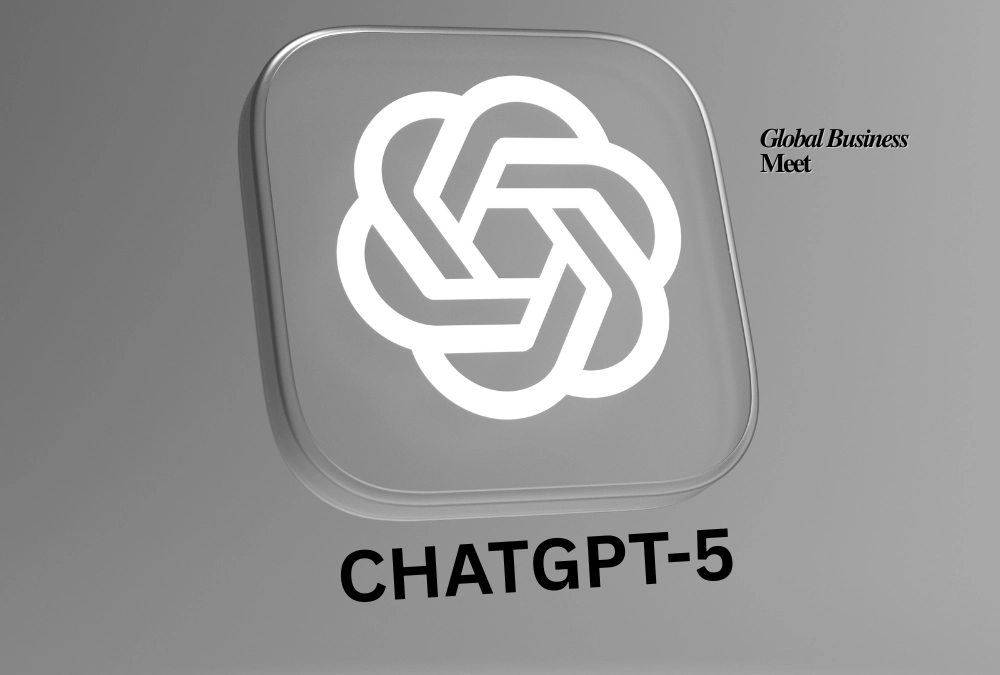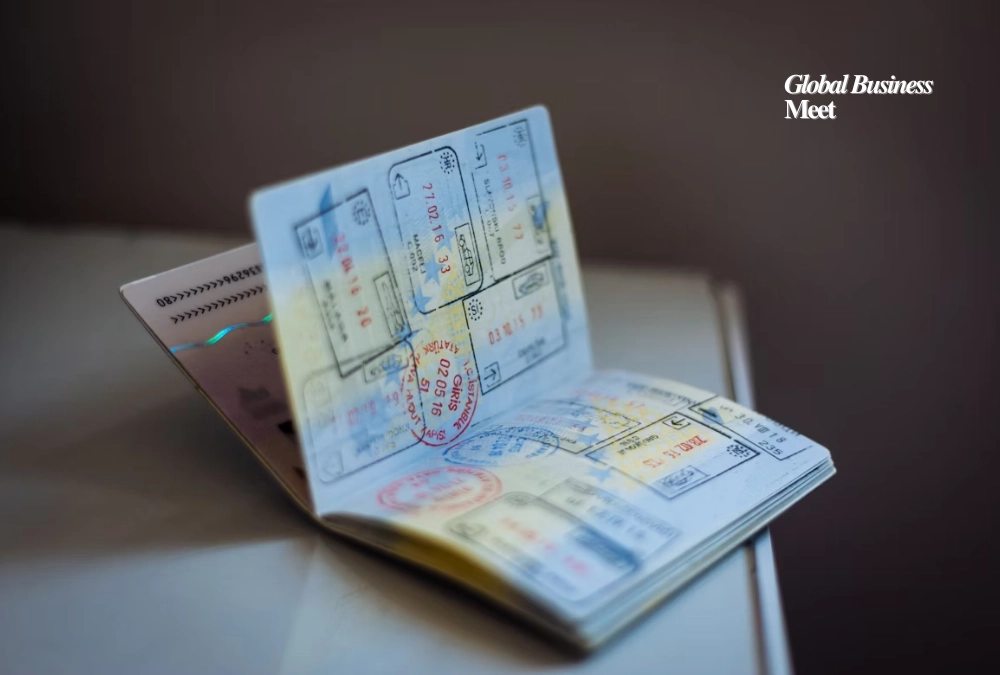
The Indian government has expressed concern over President Donald Trump’s latest immigration proposal, which would make it much more expensive for skilled foreign workers to move to the United States. The plan, announced on Friday, raises the annual fee for an H-1B visa from $215 to an eye-popping $100,000. The H-1B program has long been the main pathway for Indian tech professionals to work in America, and the sudden jump in cost could disrupt thousands of families.
Trump also unveiled new visa categories designed for wealthy individuals. These include a “gold card” priced at $1 million and a “platinum card” priced at $5 million, both of which offer paths to residency or extended stays in the U.S. While these proposals may appeal to the ultra-rich, they are already facing legal challenges and criticism from immigration experts.
India’s Reaction
On Saturday, India’s Ministry of External Affairs said that the policy changes were under review by various stakeholders, including industry representatives. The ministry noted that the proposals could cause humanitarian issues, particularly for families who depend on H-1B visas to live and work in the U.S. The statement urged American authorities to take these disruptions into account before moving forward.
India is one of the largest sources of H-1B workers, especially in the technology sector. That makes the country particularly vulnerable to sudden changes in the program.
The Debate Over H-1B Visas
The H-1B visa program is designed for skilled professionals, typically in fields like technology and engineering. Companies apply for these visas when they cannot find enough qualified American workers.
Critics argue that the program has been abused, with companies hiring foreign workers at lower wages than their American counterparts. Some reports suggest salaries as low as $60,000, compared to the six-figure earnings of U.S. tech employees. Supporters, on the other hand, say the visas are critical to filling specialized roles and keeping the U.S. tech industry competitive.
Trump has argued that his plan will not face opposition from tech companies, although major firms have so far remained quiet. Commerce Secretary Howard Lutnick went a step further, saying that the new fees would make it “uneconomic” for companies to depend heavily on foreign workers.
New Visa Options for the Wealthy
Alongside the fee hike, Trump announced new visas aimed squarely at wealthy individuals and corporations.
- The Gold Card Visa would cost $1 million for individuals or $2 million for companies sponsoring employees. It includes a pathway to U.S. citizenship.
- The Platinum Card Visa would cost $5 million and allow foreign nationals to spend up to 270 days a year in the U.S. without being taxed on their overseas income.
These new categories would replace several existing employment-based visas for researchers, artists, athletes, and professors. Critics worry that this shift prioritizes wealth over talent and will limit opportunities for highly skilled professionals who do not have millions of dollars to spare.
Legal Questions and Political Pushback
Immigration experts and former officials have quickly pushed back on the proposal. Doug Rand, a senior official at U.S. Citizenship and Immigration Services during the Biden administration, called the plan “ludicrously lawless.” He argued that it is less about creating sound policy and more about generating headlines and energizing Trump’s base of immigration hardliners.
While Trump could introduce the H-1B and Gold Card changes through executive authority, the Platinum Card would require approval from Congress. That makes its future uncertain.
The H-1B Lottery System
Historically, H-1B visas have been issued through a lottery system, capped at 85,000 per year. Major companies like Amazon, Microsoft, Google, and Apple often receive the largest share. Consulting firms such as Infosys, Wipro, and HCL Technologies also bring in thousands of workers on behalf of U.S. employers.
The system has faced controversy over abuse, with some applicants submitting multiple entries to increase their chances of winning. To address this, authorities recently limited applicants to a single entry, regardless of how many job offers they receive. Labor groups have also called for visas to be awarded to the highest-paying companies rather than through a random draw, arguing that this would help protect U.S. wages.
A Human and Economic Impact
For Indian families who have built their lives in the U.S. on H-1B visas, the proposed changes create serious uncertainty. Many would simply not be able to afford the steep new costs. This could disrupt careers, uproot families, and even discourage future talent from seeking opportunities in America.
At the same time, the U.S. tech industry could face shortages of skilled workers if fewer foreign professionals are able to enter the country. With artificial intelligence, cybersecurity, and advanced computing all growing at record speeds, some industry experts worry that restricting access to talent could backfire.
As legal battles and political debates unfold, one thing is clear. The Trump administration’s plan marks one of the most dramatic shifts to U.S. immigration policy in decades. Its ripple effects will be felt not only in India and America but across the global tech economy.

